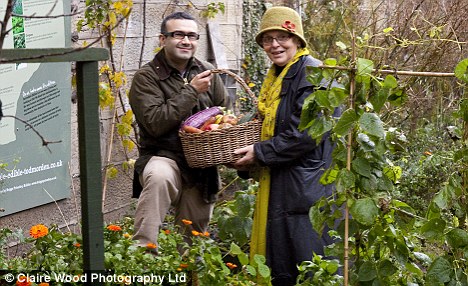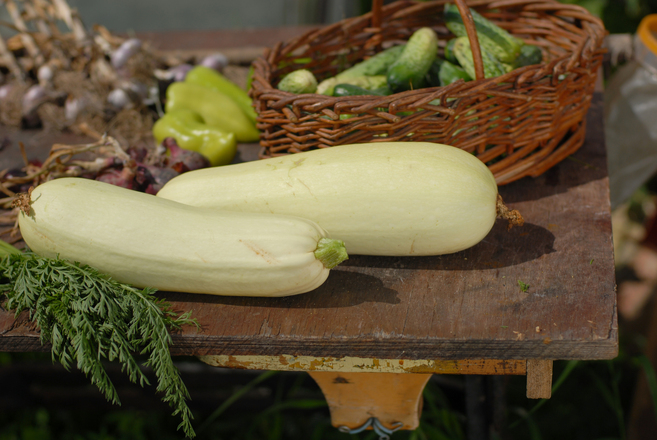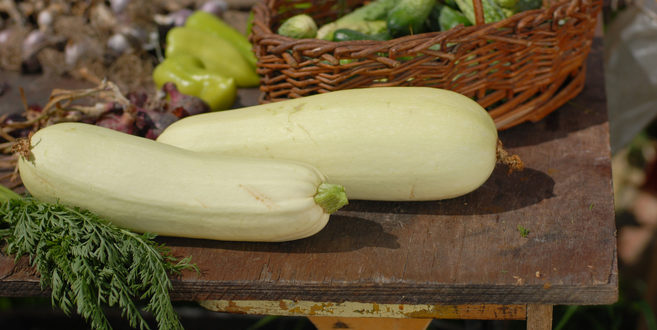Continuing on from last weeks post on shopping smarter we have a few more tips for you and a handy recipe to make the most of the cheapest and most rewarding grocery shopping you can do, harvesting from your very own veggie garden!
Putting aside all of the ideological reasons for buying local, we think the best deals and best produce come from your own backyard. Many oily raggers take the view that a lawn is a wasted opportunity. Nowadays it’s quite mainstream to see a family to transforming their green space into garden space. The Localised Food Project that JB mentioned has quite a few examples of back-yard gardens (see localisingfood.com). You don’t need a lot of space, especially if you make use of boundary fences for trees and vines. Putting in a highly productive garden and orchard is simpler than most people think and more satisfying.
Maybe we all should take from Todmrden‘s example a small town in Yorkshire, England that uses all it’s ‘free’ space for vegetable plots.
 There are raspberries, apricots and apples on the canal towpath; blackcurrants, redcurrants and strawberries beside the doctor’s surgery; beans and peas outside the college; cherries in the supermarket car park; and mint, rosemary, thyme and fennel by the health centre.
There are raspberries, apricots and apples on the canal towpath; blackcurrants, redcurrants and strawberries beside the doctor’s surgery; beans and peas outside the college; cherries in the supermarket car park; and mint, rosemary, thyme and fennel by the health centre.
The vegetable plots are the most visible sign of an amazing plan: to make Todmorden the first town in the UK that is self-sufficient in food.
M from Northland has written in to share their excitement about marrows, but before we get into M’s tip, here’s a Trivial Pursuit (the Oily Rag edition!) question. When is a courgette a zucchini?
It’s a trick question because the French and English say courgette while the Italians and North Americans say zucchini, for what is really a baby marrow that is a member of the pumpkin family! Now that’s cleared that up, courgettes, zucchini, and marrow are fruit from the same plant – just picked at different stages in their life cycle. Courgettes are infant fruit of up to 150mm long, that become zucchini at between 150mm and 200mm, and marrows when allowed to reach maturity at up to 500mm long.
 Now back to M and the tip. “We put two courgette plants in just after Christmas (yellow and green varieties). We have been harvesting the yellow one as courgettes and now the green one as marrows. I serve the marrow as a soup. It’s simple and delicious. If you pick your marrow when the skin is still soft, you don’t need to peel it.
Now back to M and the tip. “We put two courgette plants in just after Christmas (yellow and green varieties). We have been harvesting the yellow one as courgettes and now the green one as marrows. I serve the marrow as a soup. It’s simple and delicious. If you pick your marrow when the skin is still soft, you don’t need to peel it.
Marrow Soup
Ingredients:
- 1 Marrow from you or your friends garden (homegrown marrow always tastes better as it has been grown with love)
- 1 tbs butter
- Water or vegetable stock if you like it a bit richer
- salt and pepper, to taste
- Grated cheese or yoghurt and crusty bread, to serve
Method:
Scoop out the seeds and chop the flesh, then place in a large saucepan with a tablespoon of butter and sauté – but don’t brown. Add enough water to cover the marrow and simmer until it is soft. Cool a little then blend and return to the saucepan. You will need to add plenty of salt to taste and you can also add some more water at this stage to get the consistency you want. Serve sprinkled with parsley and grated cheese – and crusty fresh bread. This soup can also be served cold with a sprinkle of parsley and a dollop of plain yoghurt.”
Marrows must be one of the simplest vegetables to grow. Like cucumbers and melons, marrows are a summer vegetable that does well in warm soil (so they like a sunny spot in the garden) – with lots of feeding of organic matter and re-feeding when the plants start flowering. They need liberal amounts of water when the fruit begins to swell.
Plant the seeds or seedlings on mounds. Harvest when they reach the desired size, depending on how you are going to use them in the kitchen. It is amazing how quickly little courgettes can become big marrows – almost while your back is turned – so don’t let them out of your sight!
By Frank and Dr Muriel Newman. Read more Oily Rag articles here.
You can contact the Oily Rag community via the website at oilyrag.co.nz or by writing to Living off the Smell of an Oily Rag, PO Box 984, Whangarei.










Join the Discussion
Type out your comment here:
You must be logged in to post a comment.